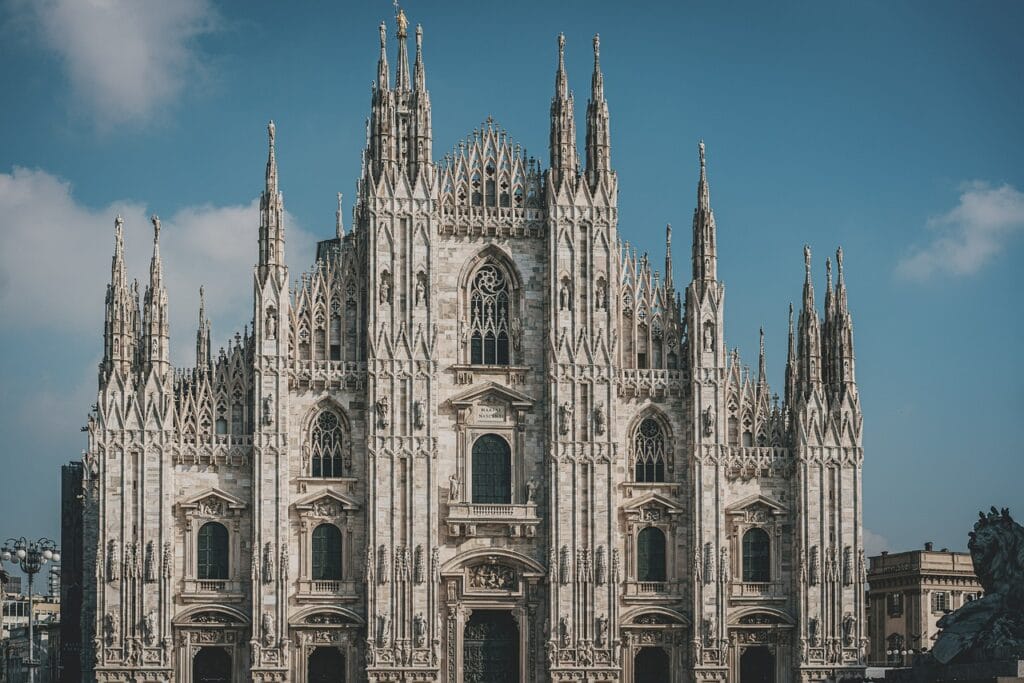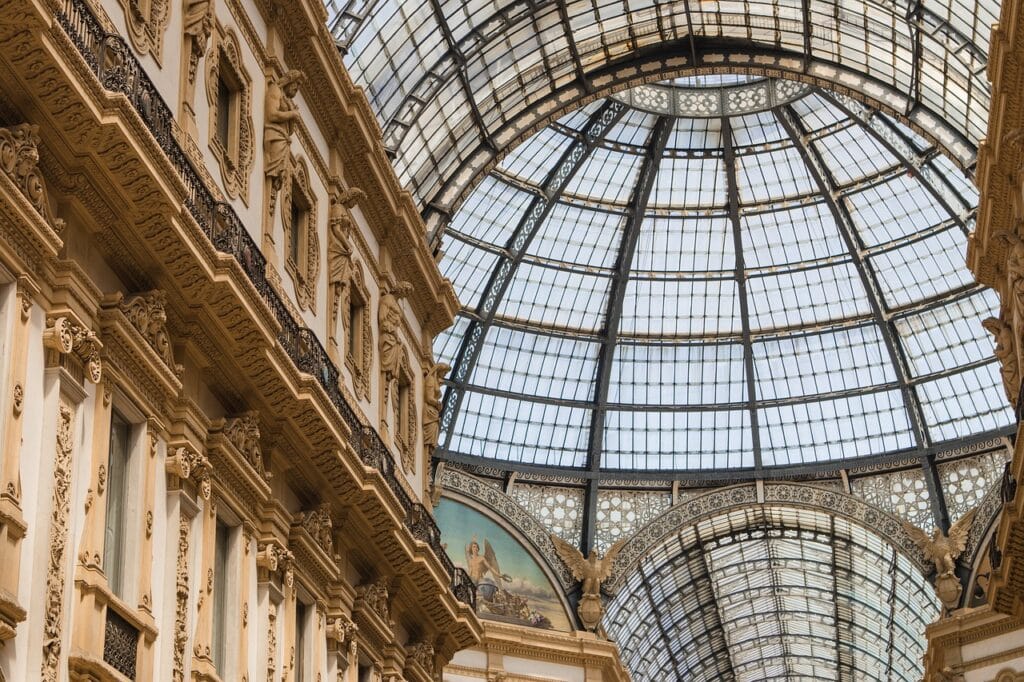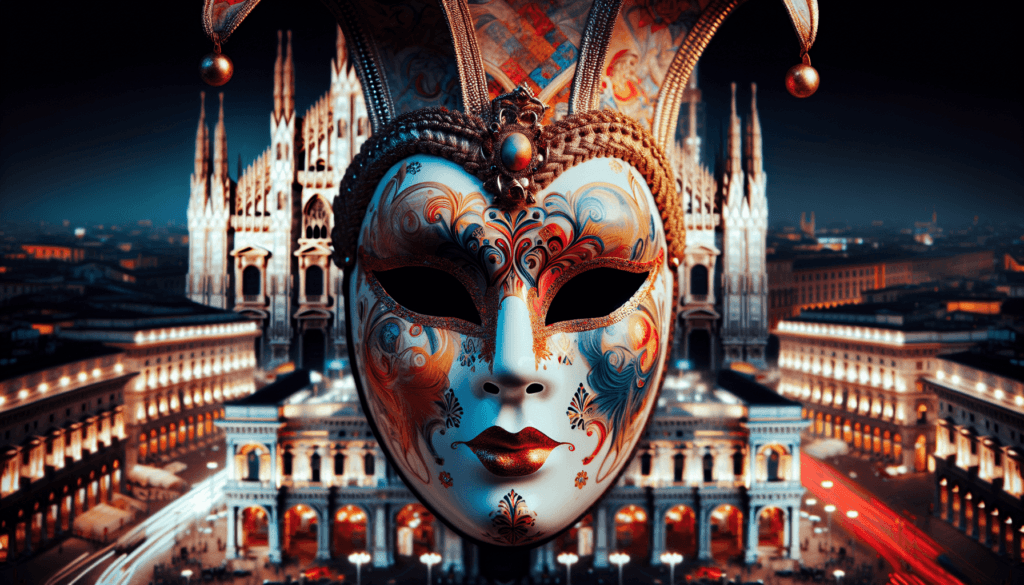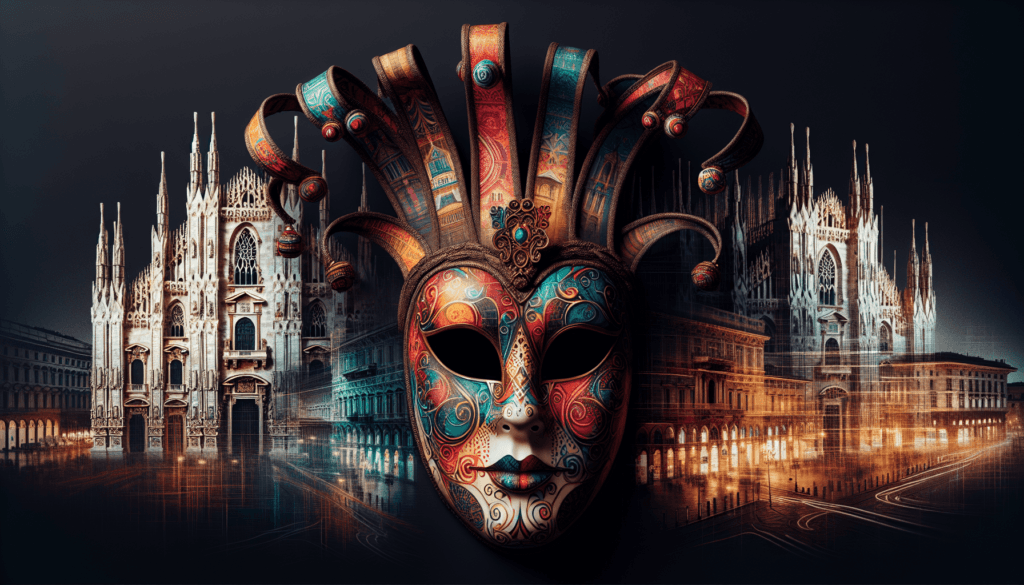Exploring Cultural Arts in Milan, Italy
Is Cultural Arts in Milan truly representative of Italy’s diverse heritage?
The cultural arts scene in Milan reflects a rich tapestry woven through centuries of history, tradition, and innovation. Recognized as Italy’s financial and fashion capital, Milan has much more to offer than its contemporary allure; it is a pivotal hub for art, music, theater, and dance. Understanding the dynamics of Milan’s cultural arts is essential, not just for appreciating what the city has to offer, but also for grasping the broader cultural significance it holds within Italy and beyond.
This exploration of cultural arts in Milan is important because it sheds light on how the city’s historical context has shaped its present-day cultural landscape. By dissecting the interplay between various artistic expressions and the changing societal trends, one can better appreciate the nuances of Milan’s cultural identity.
Table of Contents
Historical Context
Milan’s history is marked by its strategic significance as a center of commerce and power. Originating as a Celtic settlement, the city evolved through various periods, including Roman rule, the Middle Ages, and the Renaissance. Each phase contributed essential elements to its cultural fabric.
During the Renaissance, Milan flourished under the patronage of influential figures like Duke Ludovico Sforza. It became a melting pot for artists and thinkers, including Leonardo da Vinci and Bramante. This period established Milan as a beacon of creativity, laying down a legacy that continues to inspire and inform its cultural arts today.
The post-Renaissance era saw Milan grappling with various upheavals, including wars and economic shifts, culminating in the vibrant cultural revival of the late 20th century. The city transformed itself into a contemporary cultural powerhouse, merging traditional arts with modern expressions. This historical journey is crucial for understanding the eclectic nature of cultural arts in today’s Milan.
Current Trends
In today’s globalized society, the cultural arts in Milan reflect ongoing trends that embrace both innovation and tradition. Contemporary art galleries and installations frequently draw from historic motifs, creating dialogue between past and present.
One notable development is the rise of digital art, with exhibitions such as “The Night of the Arts” offering interactive experiences that challenge traditional forms of engagement. Moreover, Milan’s design fairs, notably the Milan Design Week, have garnered international acclaim, showcasing cutting-edge installations that blend art and functionality.
Institutions like the Pinacoteca di Brera and Museo del Novecento have also expanded their collections and programming, introducing new exhibitions that highlight both historical and modern artists. The accessibility of art through street exhibitions, public installations, and festivals further democratizes cultural consumption.
This trend signifies an important shift towards inclusivity in the arts, encouraging participation from diverse groups. The result is a vibrant cultural landscape that resonates with both locals and visitors.

This image is property of pixabay.com.
Key Concepts and Definitions
Understanding cultural arts often requires familiarity with specific terms and concepts.
Cultural Arts: This broad term encompasses various forms of artistic expression, including visual arts, literature, theater, dance, music, and applied arts.
Renaissance Influence: The Renaissance in Milan (15th-16th centuries) marks a period of revival in arts and sciences, profoundly affecting the city’s art scene. It introduced humanism, perspective in painting, and classical themes.
Contemporary Art: Refers to art produced in the late 20th and early 21st centuries, often characterized by experimentation, abstraction, and the integration of technology.
To provide clarity, Milan’s cultural arts stand at a crossroads of historical richness and modern experimentation.
Breaking It Down
Delving deeper into Milan’s cultural arts reveals various subtopics warranting attention.
Visual Arts
Visual arts in Milan comprise a diverse range of practices, from classical painting to cutting-edge installations. The city is home to numerous art galleries, each contributing to the vibrant discourse on aesthetic representation.
Performing Arts
Milan is famed for its performing arts scene, particularly opera. The Teatro alla Scala is a world-renowned opera house that has produced iconic performances since the 18th century. Contemporary theater and dance companies further enrich the scene, hosting international productions.
Heritage Festivals
Cultural festivals like Milan Fashion Week and the Milano Film Festival serve as platforms for creativity, spotlighting local talent alongside global icons. These festivals create spaces for experimentation and dialogue across various artistic domains.

This image is property of pixabay.com.
Example 1: Visual Arts in Milan
A prime case study is the Milanese artist, based on his contributions, who uses the city as a canvas for his engaging murals. His work often focuses on social themes and urban narratives that resonate with local life. An exhibition featuring his murals at a prominent gallery drew significant public engagement, showcasing the symbiotic relationship between art and community.
This case illustrates how contemporary artists are reinterpreting traditional concepts, making them relevant in a modern context. By examining these intersections, one can appreciate the transformative nature of Milan’s visual arts scene.
Example 2: The Impact of Teatro alla Scala
Teatro alla Scala serves as a critical example of Milan’s performing arts legacy. A recent production of “La Traviata” featured a reinterpretation emphasizing contemporary social issues while maintaining its classic roots. The reception demonstrated the audience’s appreciation for this innovative blending of the traditional with contemporary themes.
Such examples illustrate the ongoing dialogue within Milan’s cultural arts, where historical significance meets modernity, creating an evolving narrative that resonates with diverse audiences.

This image is property of pixabay.com.
Compare Different Points of View
A balanced view of cultural arts in Milan can be enhanced by comparing perspectives from various stakeholders in the arts community.
| Perspective | Description |
|---|---|
| Local Artists | Emphasize the need for public funding and support to promote emerging talent. |
| Curators | Advocate for exhibitions that celebrate diversity and challenge mainstream narratives. |
| Tourists | Seek authenticity and unique cultural experiences that reflect local traditions. |
| Art Critics | Challenge the commercialization of art and advocate for preserving artistic integrity. |
| Academics | Highlight the importance of historical context and critical theory in understanding art trends. |
These perspectives illustrate the multifaceted nature of cultural arts, showcasing the spectrum of opinions and experiences that influence artistic representation in Milan.
Impact Assessment
The diverse perspectives within Milan’s cultural arts landscape have significant implications. For local artists, recognition and support can lead to more vibrant community engagement and the fostering of new talent. For curators, the challenge of presenting culturally relevant exhibitions encourages innovative approaches to storytelling through art.
Tourists benefit from engaging with culturally rich experiences that enrich their understanding of Milanese identity. This cultural diplomacy can enhance the city’s global image, attracting a broader audience.
Conversely, the commercialization of art poses a threat to artistic integrity. Critics warn that overemphasis on profitability might dilute the cultural significance of art, promoting a cycle of mass production over individuality.

Future Directions and Implications
Predictions
As Milan continues to navigate the complexities of cultural arts, several trends are anticipated to shape its future. An increasing focus on sustainability and eco-conscious practices in the arts is expected. Artists may increasingly engage with themes of environmentalism, affecting how art is produced and consumed.
Furthermore, the rise of virtual and augmented reality experiences in museums and galleries may transform how audiences interact with art. This shift could enable more inclusive access to cultural experiences, breaking down barriers associated with traditional art consumption.
Implications
The implications of these future trends extend to both industry and society. An emphasis on sustainability can lead to a reimagining of resources within the arts, prompting dialogues about ecological responsibility. Additionally, as art becomes more accessible through technology, the potential for broader cultural participation can emerge.
Understanding these implications is essential. As Milan evolves, the synergy between tradition and innovation will remain vital, influencing not only the local cultural scene but also broader societal perspectives on art’s role in modern life.
In summary, cultural arts in Milan mirror the city’s rich history while embracing contemporary innovations. Through a careful analysis of its evolution, influence, and potential directions, one can appreciate the plethora of artistic expressions that define Milan’s cultural identity.
Conclusion
To summarize, Milan’s cultural arts landscape is an intricate network of historical influences, contemporary innovations, and divergent perspectives that contribute to its unique identity. The balance between preservation and experimentation plays a critical role in shaping the city’s artistic narrative.
As cultural trends evolve, the impact of these changes on both local and international scales remains to be seen. What does the future of Milan’s cultural arts look like to you? Engaging with this question invites deeper reflection on the intersection of culture, society, and creative expression.
The exploration of cultural arts in Milan provides pathways for further inquiry. Readers are encouraged to look up resources to gain deeper insights into specific artistic movements or institutions. By doing so, they enhance their understanding of a city that has much to offer in the realms of art and culture.

Credible Sources
- Pinacoteca di Brera, Milano
- Museo del Novecento, Milan
- Cultural Affairs Office, Municipality of Milan
- Teatro alla Scala Official Website
- Milan Design Week Program Guide
These sources offer in-depth resources for readers interested in further understanding the vibrant dynamics of cultural arts in Milan, Italy.
Top Cultural Highlights of Milan: A Journey Through Art and History
Unforgettable Scenic Drive Along Australia’s Great Ocean Road
